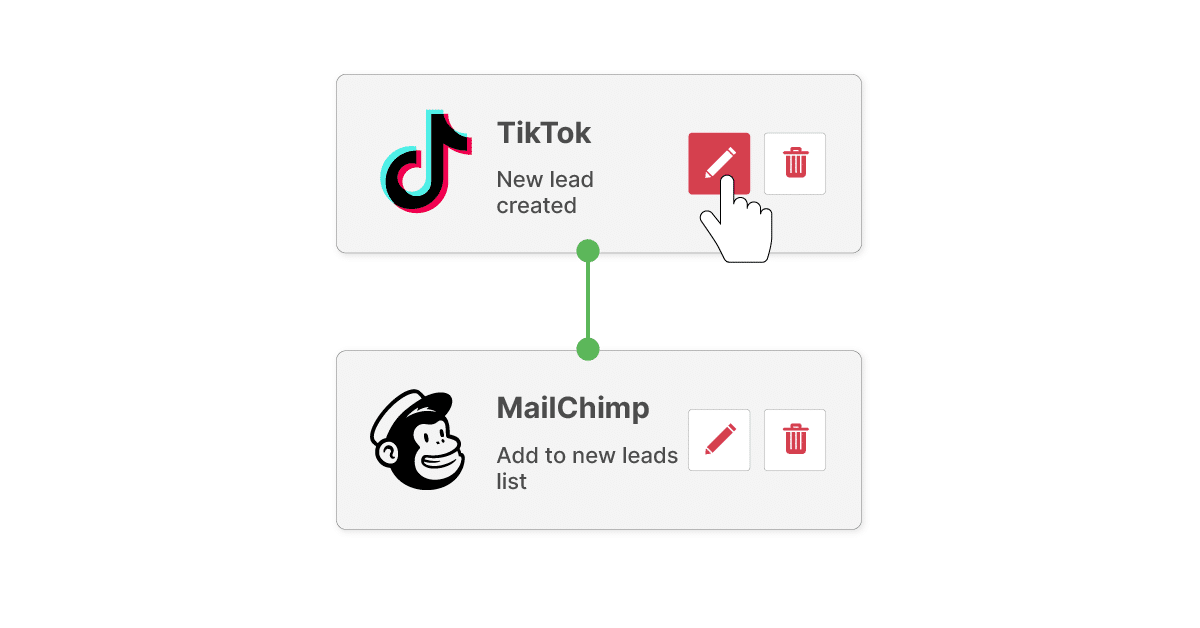
In the fast-paced digital landscape, businesses are increasingly reliant on a myriad of software applications to streamline operations, enhance productivity, and drive growth. As a result, integration services have become a critical component of any successful IT strategy.
Whether you’re dealing with API integration, embedded iPaaS (Integration Platform as a Service), or integrating Software as a Service (SaaS) solutions, the first step in approaching integration is pivotal.
Let’s delve into what this initial step entails and how it sets the stage for seamless connectivity.
Understanding the Importance of Integration
Before diving into the technicalities, it’s essential to grasp why integration is so crucial. Integration allows disparate systems and applications to communicate with each other. As a result, it ensures data flows smoothly and processes are automated. This not only reduces manual efforts but also minimises errors, enhances data accuracy, and improves overall efficiency.
The First Step: Assess and Define Integration Needs
The first and arguably most critical step in approaching integration is to assess and define your integration needs. This step lays the groundwork for a successful integration strategy and involves several key activities:
1. Identify Business Objectives
Start by understanding the overarching business goals that integration will support. Are you looking to improve customer experience, streamline internal processes, enhance data analytics, or support new business models? Clear objectives will guide your integration strategy and help prioritise efforts.
2. Evaluate Current Systems and Processes
Take stock of your existing IT landscape. Identify the systems, applications, and data sources that need to be integrated. This involves creating an inventory of all the software and tools currently in use, understanding how they interact, and pinpointing gaps or inefficiencies.
3. Define Use Cases and Requirements
Based on your business objectives and current IT environment, define specific use cases for integration. These use cases should detail how different systems need to interact, what data needs to be shared, and the desired outcomes. This helps in creating a clear roadmap for the integration process.
Leveraging Integration Services
With a clear understanding of your integration needs, the next step is to explore the tools and integration services that will facilitate the integration. Here’s where embedded iPaaS and API integration come into play:
Embedded iPaaS
An Embedded iPaaS, like Cyclr, offers a streamlined way to integrate various applications and services within a unified platform. It provides pre-built connectors and templates, reducing the complexity and time required to set up integrations. This is particularly useful for SaaS providers looking to offer seamless integrations to their customers without extensive custom development.
API Integration
APIs (Application Programming Interfaces) are the backbone of modern integration strategies. They allow different software systems to communicate and share data. When approaching API integration, it’s crucial to:
- Understand the APIs: Thoroughly review the documentation of the APIs you plan to integrate. Understand the endpoints, data formats, authentication methods, and rate limits.
- Plan for Scalability: Ensure that your integration can handle increased data loads and user demands over time.
- Implement Security Measures: Protect data in transit and at rest through robust security practices, including encryption, authentication, and authorisation.
Approaching Integrations as a SaaS Provider
For SaaS providers, offering seamless integration capabilities is a competitive advantage. Here’s how to approach this:
1. Develop Integration Roadmaps
Create detailed roadmaps that outline the integration features you plan to offer, timelines, and milestones. This helps in setting clear expectations for your team and your customers.
2. Foster Collaboration
Integration often requires close collaboration between different teams, including development, operations, and customer support. Establish communication channels and collaboration tools to ensure everyone is aligned.
3. Prioritise User Experience
Focus on creating a user-friendly experience for your customers. Provide intuitive interfaces for setting up and managing integrations, comprehensive documentation, and responsive support.
Conclusion
Approaching integration effectively begins with a thorough assessment and clear definition of your integration needs. By identifying business objectives, evaluating current systems, and defining specific use cases, you lay a solid foundation for your integration strategy.
Leveraging integration services like embedded iPaaS and API integration, along with a thoughtful approach to integration as a SaaS provider, ensures that your integration efforts drive significant value and support your business goals. Integration is not just a technical necessity; it’s a strategic enabler of innovation and growth.
Luckily Cyclr is a powerful embedded iPaaS with an expert team available to support and guide your integration development. Get in touch with the team today.